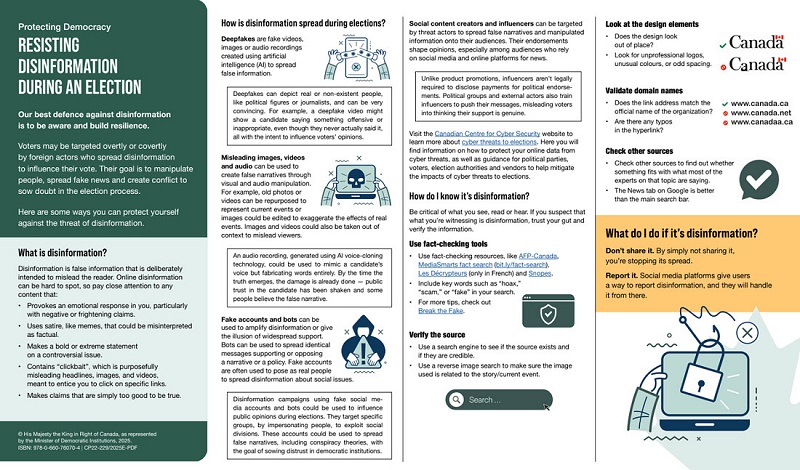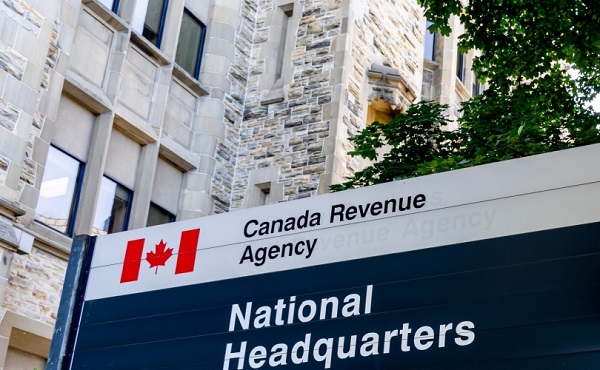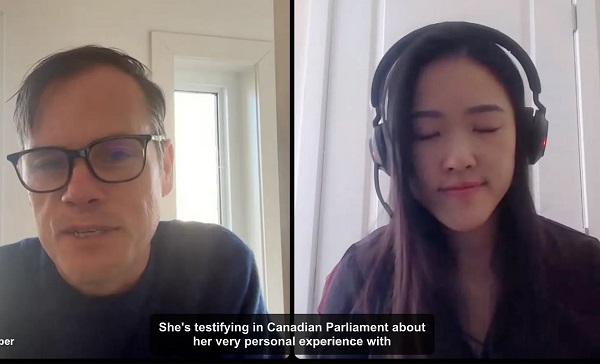Alberta
Internet Child Exploitation unit arrests over 2 dozen Albertans for online child sexual exploitation offences

From the ALERT’s Internet Child Exploitation Unit
26 Albertans Charged in Online Child Sexual Exploitation Investigations
ALERT’s Internet Child Exploitation (ICE) unit has arrested 26 suspects from across Alberta for offences related to online child sexual exploitation.
Between June 20 and September 17, 2020, ICE has charged 26 suspects with 63 offences. Most of the arrests came as the result of investigative referrals from the RCMP’s National Child Exploitation Crime Centre, which works with internet and social media providers to track and investigate online instances of child sexual exploitation.
“In Alberta, those who participate in the exploitation of children will be prosecuted to the fullest extent of the law. The Government of Alberta will ensure our law enforcement has the tools and resources to track down child predators and bring them to justice,” said Kaycee Madu, Minister of Justice and Solicitor General. “On behalf of all law-abiding Albertans, I thank ALERT and the law enforcement organizations across the province that worked tirelessly to arrest and charge these criminals. Alberta’s justice system is here for all Albertans, especially for children victimized by sexual predators.”
“The internet isn’t anonymous and these arrests demonstrate ALERT’s willingness to travel to all corners of the province to make arrests, put predators behind bars, and keep kids safe,” said Supt. Dwayne Lakusta, ALERT Chief Executive Officer.
There is no definitive link between the suspects other than the nature of offences allegedly committed. Each of the suspects was charged with at least one child pornography offence:
- a 16-year-old young offender from Sherwood Park;
- Kevin Borchert, a 29-year-old man from Sherwood Park;
- David Cadieux, a 27-year-old man from Calgary;
- Joseph Cadrain, a 32-year-old man from Strathmore;
- Gary Campbell, a 28-year-old man from Lamont;
- Michael Ciesla, a 32-year-old man from Edmonton;
- Michael Courtepatte, a 44-year-old man from Athabasca;
- Victor Delage, a 29-year-old man from Wainright;
- Gerald Donel, a 57-year-old man from Edmonton;
- Brian Farris, a 40-year-old man from Grande Prairie;
- Humberto Ferreyra, a 51-year-old man from Lake Louise;
- Coby Franz, a 42-year-old man from Alder Flats;
- Sean Giles, a 41-year-old man from Lethbridge;
- Brock Hann, a 21-year-old man from Morinville;
- Richard Lepchuk, a 59-year-old man from Edmonton;
- Christian Meier, a 52-year-old man from Calgary;
- Troy Melnyk, a 49-year-old man from Spruce Grove;
- Stephen Miehe, a 28-year-old man from Cardston;
- Alasdair Mills, a 61-year-old man from Edmonton;
- David Peeke, a 45-year-old man from Edmonton;
- Christopher Piers-Hanley, a 31-year-old man from Edmonton;
- Kalon Specht, a 30-year-old man from Edmonton;
- Andrew Stredick, a 30-year-old man from Calgary;
- Charles Tadashore, a 43-year-old man from Calgary;
- Laurence Thrasher, a 40-year-old man from Edmonton; and
- Michael Vandermay, a 52-year-old man from Calgary.
During the investigations and subsequent arrests, ICE worked in collaboration with a number of police agencies, including: Caribou Child and Youth Centre; Calgary Police Service; Edmonton Police Service; and various RCMP detachments, including Grande Prairie, Spruce Grove, Strathcona County, Wainright, Breton, Strathmore, Olds, Morinville, Cardston, Lake Louise, Fort Saskatchewan, and Athabasca.
ICE is an integrated team that includes members of Calgary Police Service, Edmonton Police Service, Lethbridge Police Service, Medicine Hat Police Service, and RCMP. ICE investigates offences involving child pornography, any computer-related child sexual abuse, child luring over the Internet, voyeurism involving victims under the age of 18, and child sex trade/tourism.
ICE speculates that the rise in the number of investigative referrals is likely in part related to digital dependency during COVID-19 isolation measures.
The Canadian Centre for Child Protection has information on its site dedicated to supporting families during the COVID-19 crisis, including resources for families and caregivers; schools and educators; and child-serving organizations. This information is available at: https://protectchildren.ca/en/resources-research/supporting-you-through-covid-19/
ALERT was established and is funded by the Alberta Government and is a compilation of the province’s most sophisticated law enforcement resources committed to tackling serious and organized crime.
Alberta
Made in Alberta! Province makes it easier to support local products with Buy Local program

Show your Alberta side. Buy Local. |
When the going gets tough, Albertans stick together. That’s why Alberta’s government is launching a new campaign to benefit hard-working Albertans.
Global uncertainty is threatening the livelihoods of hard-working Alberta farmers, ranchers, processors and their families. The ‘Buy Local’ campaign, recently launched by Alberta’s government, encourages consumers to eat, drink and buy local to show our unified support for the province’s agriculture and food industry.
The government’s ‘Buy Local’ campaign encourages consumers to buy products from Alberta’s hard-working farmers, ranchers and food processors that produce safe, nutritious food for Albertans, Canadians and the world.
“It’s time to let these hard-working Albertans know we have their back. Now, more than ever, we need to shop local and buy made-in-Alberta products. The next time you are grocery shopping or go out for dinner or a drink with your friends or family, support local to demonstrate your Alberta pride. We are pleased tariffs don’t impact the ag industry right now and will keep advocating for our ag industry.”
Alberta’s government supports consumer choice. We are providing tools to help folks easily identify Alberta- and Canadian-made foods and products. Choosing local products keeps Albertans’ hard-earned dollars in our province. Whether it is farm-fresh vegetables, potatoes, honey, craft beer, frozen food or our world-renowned beef, Alberta has an abundance of fresh foods produced right on our doorstep.
Quick facts
- This summer, Albertans can support local at more than 150 farmers’ markets across the province and meet the folks who make, bake and grow our food.
- In March 2023, the Alberta government launched the ‘Made in Alberta’ voluntary food and beverage labelling program to support local agriculture and food sectors.
- Through direct connections with processors, the program has created the momentum to continue expanding consumer awareness about the ‘Made in Alberta’ label to help shoppers quickly identify foods and beverages produced in our province.
- Made in Alberta product catalogue website
Related information
Alberta
Province to expand services provided by Alberta Sheriffs: New policing option for municipalities

Expanding municipal police service options |
Proposed amendments would help ensure Alberta’s evolving public safety needs are met while also giving municipalities more options for local policing.
As first announced with the introduction of the Public Safety Statutes Amendment Act, 2024, Alberta’s government is considering creating a new independent agency police service to assume the police-like duties currently performed by Alberta Sheriffs. If passed, Bill 49 would lay additional groundwork for the new police service.
Proposed amendments to the Police Act recognize the unique challenges faced by different communities and seek to empower local governments to adopt strategies that effectively respond to their specific safety concerns, enhancing overall public safety across the province.
If passed, Bill 49 would specify that the new agency would be a Crown corporation with an independent board of directors to oversee its day-to-day operations. The new agency would be operationally independent from the government, consistent with all police services in Alberta. Unlike the Alberta Sheriffs, officers in the new police service would be directly employed by the police service rather than by the government.
“With this bill, we are taking the necessary steps to address the unique public safety concerns in communities across Alberta. As we work towards creating an independent agency police service, we are providing an essential component of Alberta’s police framework for years to come. Our aim is for the new agency is to ensure that Albertans are safe in their communities and receive the best possible service when they need it most.”
Additional amendments would allow municipalities to select the new agency as their local police service once it becomes fully operational and the necessary standards, capacity and frameworks are in place. Alberta’s government is committed to ensuring the new agency works collaboratively with all police services to meet the province’s evolving public safety needs and improve law enforcement response times, particularly in rural communities. While the RCMP would remain the official provincial police service, municipalities would have a new option for their local policing needs.
Once established, the agency would strengthen Alberta’s existing policing model and complement the province’s current police services, which include the RCMP, Indigenous police services and municipal police. It would help fill gaps and ensure law enforcement resources are deployed efficiently across the province.
Related information
-

 2025 Federal Election21 hours ago
2025 Federal Election21 hours agoMEI-Ipsos poll: 56 per cent of Canadians support increasing access to non-governmental healthcare providers
-

 2025 Federal Election13 hours ago
2025 Federal Election13 hours agoRCMP Whistleblowers Accuse Members of Mark Carney’s Inner Circle of Security Breaches and Surveillance
-

 2025 Federal Election1 day ago
2025 Federal Election1 day agoAI-Driven Election Interference from China, Russia, and Iran Expected, Canadian Security Officials Warn
-

 2025 Federal Election1 day ago
2025 Federal Election1 day agoEuthanasia is out of control in Canada, but nobody is talking about it on the campaign trail
-

 Health22 hours ago
Health22 hours agoTrump admin directs NIH to study ‘regret and detransition’ after chemical, surgical gender transitioning
-

 illegal immigration2 days ago
illegal immigration2 days agoDespite court rulings, the Trump Administration shows no interest in helping Abrego Garcia return to the U.S.
-

 2025 Federal Election2 days ago
2025 Federal Election2 days agoConservative MP Leslyn Lewis warns Canadian voters of Liberal plan to penalize religious charities
-

 Bjorn Lomborg1 day ago
Bjorn Lomborg1 day agoGlobal Warming Policies Hurt the Poor






